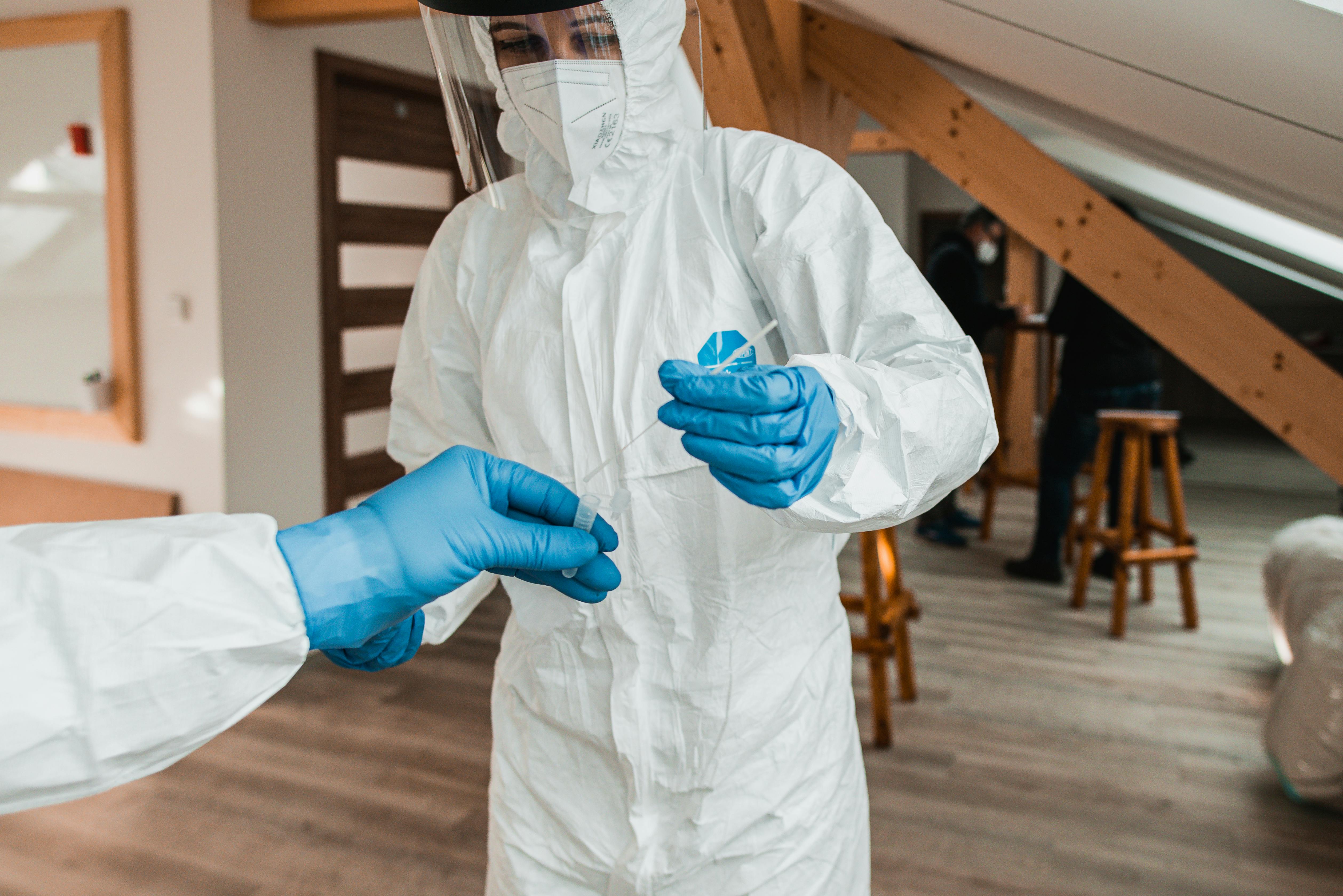
Introduction to PAT Testing
Safety, irrespective of the context, is a top priority, and when it comes to electrical safety in our homes, PAT testing plays a crucial role. PAT, or Portable Appliance Testing, helps ensure the safety of all electrical appliances in your home, therefore keeping your entire household safe. By further deepening our understanding of PAT testing, we can appreciate its importance and the peace of mind it brings.
Deciphering PAT Testing
PAT testing is a key part of any effective home safety strategy. It involves the checking of all electrical appliances and equipment to ensure they are safe to use and pose no risk to human life. Several fatal accidents and tens of thousands of non-fatal injuries occur each year due to electrical faults, demonstrating the importance of PAT testing.
In any case, for a comprehensive PAT testing, qualified and skilled experts inspect the equipment, taking into account the manufacturer's guidelines, to look for potential risks. Fixed appliances like refrigerators, freezers, and washing machines, along with portable appliances like hairdryers, lamps, and drills, undergo these stringent procedures.
The Intricate Steps in PAT Testing
PAT testing comprises two key steps: visual examination and comprehensive testing. The visual evaluation is the initial phase where the professional inspects the appliance for any visible anomalies or signs of danger, like frayed wires, damaged plugs, or any other physical irregularities. This phase can identify up to 90% of potential hazards.
The subsequent step includes comprehensive testing using advanced PAT tools. The inspectors check for insulation resistance, Earth continuity, lead polarity etc, which are critical indicators of appliance safety.
The Indispensability of PAT Testing
PAT testing is undeniably essential in ensuring electrical safety. It not only protects lives but also reduces the risk of property loss due to electrical fires. In addition, PAT testing, being a legal requirement, aids in complying with numerous safety standards and laws, helping avoid legal implications. It also allows both homeowners and businesses to provide a reliable, safe environment.
Furthermore, PAT testing is required by many insurance companies as part of the risk assessment. Therefore, having a regular, timely PAT testing schedule can help maintain insurance validity and can be beneficial in case of claims.
The Importance of Qualified Professionals
Executing PAT testing requires a significant level of skill, knowledge, and expertise. Therefore, it is imperative that a competent, well-trained professional conducts the testing. The professional should fully understand the intricacies of different electrical appliances and should be able to interpret the results accurately.
PAT Testing Frequency
The testing frequency heavily depends upon the type of equipment and its usage. Certain appliances may require testing more frequently, while others may not. For instance, a power tool used in construction might need more frequent testing than a lamp in your living room.
A qualified PAT testing professional can offer guidance on the appropriate testing frequency for different appliances to ensure safety while avoiding unnecessary tests.
Conclusion
PAT testing is a fundamental pillar for maintaining electrical safety in homes and businesses. From minimizing accidents to ensuring compliance with insurance requirements and legal standards, the role of PAT testing is substantial and ever-evolving. By understanding its importance and mechanics, homeowners and businesses can create a safe electrical environment, thus securing peace of mind.
Investing in PAT testing is investing in safety - a small price to pay for the protection of lives and property.